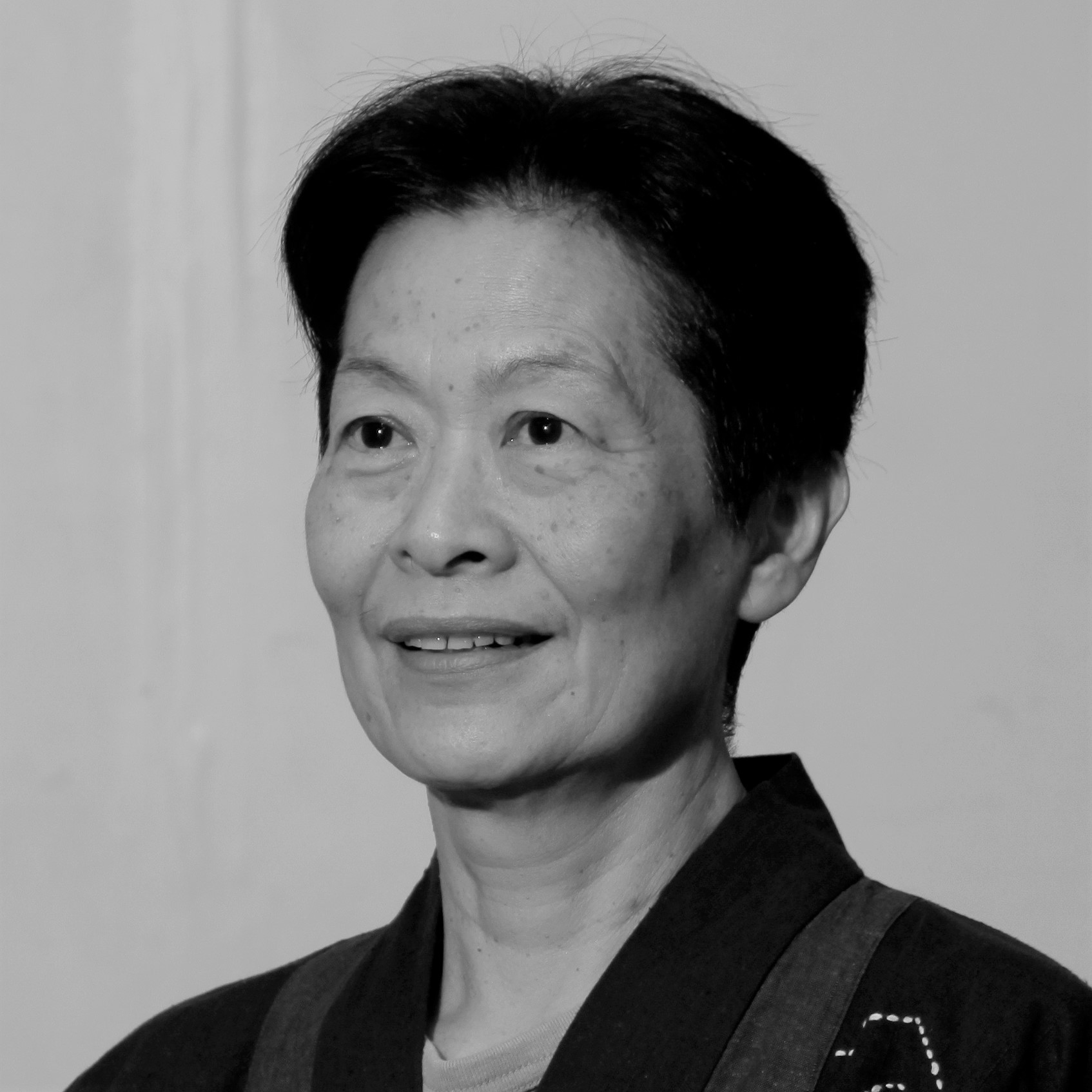- Home
- March 2023
- Imagining National Culture: Lessons From Bangsawan

Previous Post
Back to School: Making Learning a Lifelong Endeavour
4 min read
MY MOTHER WAS telling me all about the Saturday baking class that she has started attending – the new recipe that she has added into her repertoire, the occasio...
Next Post
Remembrance Day: A Reminder of the Folly of War
3 min read
IT WAS A chilly winter morning on 8 November 1918, in what was then known as the Western Front battlefield in northern France. Among the vast fields of poppy, c...
You might also like
Imagining National Culture: Lessons From Bangsawan
6 min read
IN THE FIRST half of the 20th century, Bangsawan, or Malay opera, started incorporating the latest Anglo-American dances and music into its already cosmopolitan...
Words and Music—Two Sides of the Sense of Hearing
3 min read
MUSIC HAS ALWAYS been a phenomenon to savour for the great thinkers. One can sense how these master craftsmen of words relished being stumped when it came to an...
Discourse on Sustainability and Indigeneity: PERA + FLORA + FAUNA 2022
4 min read
Photos by PORTPERA + FLORA + FAUNA (PFF) was one of eight “must-see” exhibitions held during the 59th International Art Exhibition of Venice Biennale, themed Th...





